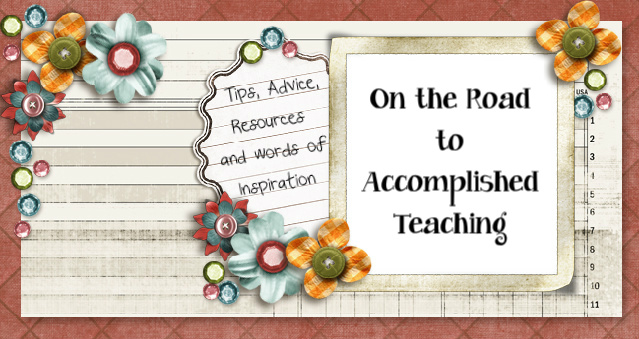Teachers know that it's important to "say what you mean and mean what you say." That's why we need to have suitable consequences (punishments) for breaking the rules.
 |
| This consequence was never really effective, was it? |
Students should know that we mean business when we share norms and expectations. We need to carefully consider what happens when the classroom rules are broken.
Teaching Consequences:
Consequences should be taught when we share the classroom rules. We should plan a list of consequences that fit the circumstance, and share them with students. Then post them to eliminate any confusion about what happens and to keep emotion out of the process. Always include a contingency clause - clearly spelled out - for serious emergencies (like fights or breaches of safety.)
Teaching Consequences:
Consequences should be taught when we share the classroom rules. We should plan a list of consequences that fit the circumstance, and share them with students. Then post them to eliminate any confusion about what happens and to keep emotion out of the process. Always include a contingency clause - clearly spelled out - for serious emergencies (like fights or breaches of safety.)
The 5 Best Ways to Make Your Consequences Work:
- Make sure that the consequences are progressive - from some really mild to those more severe.
- Post major consequences and review them, so if a rule is broken there is no surprise.
- Ensure that you are the giver and taker of consequences. Never share your power with anyone, like the dean or the principal - until the most severe consequences are needed.
- Be sure to do whatever you promise - good or bad. If you promise a certain reward or punishment and don't deliver, it's a steep climb back to your credibility.
- Only offer detention after a series of other measures (conference, proximity, the look, behavior contract, call home, etc) Remember that if you give detention, you have to be there - so you have to suffer too.
Also make sure that you don't use the punishments of the past - excessive writing, excessive standing, the dunce cap, missing lunch, paddling, sarcasm, ridicule, etc. Any consequences that cause physical or emotional pain are forms of corporal punishment that will land you in major legal trouble.
Queen Bee

No comments:
Post a Comment